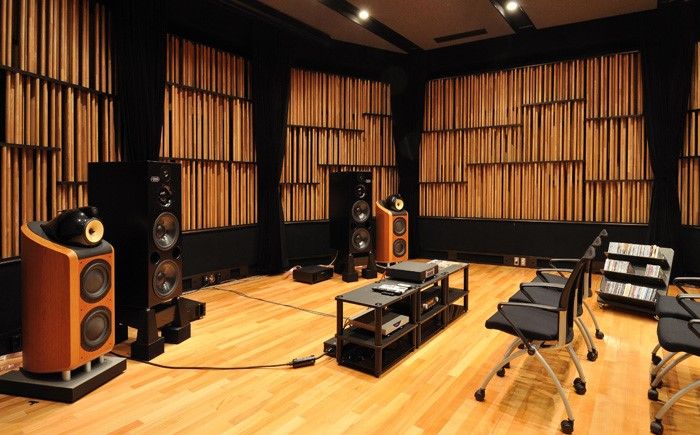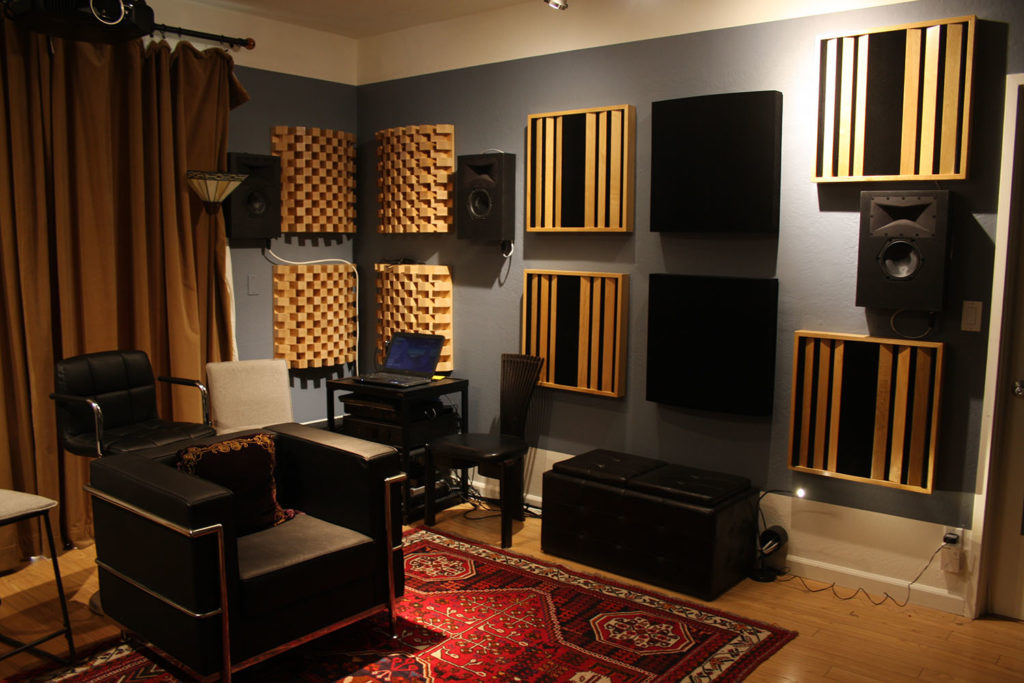What is an acoustic treatment?
Acoustic treatment is a type of sound solution that aids the absorption or diffusion of sound. Its main purpose is to improve sound quality within a space, meaning acoustic treatment is usually standard in areas like recording studios. There are various types of acoustic treatment available, and these are often customisable, specifically designed to address unique acoustics within a space.
Acoustic treatment is important as it helps to control noise and sound, as well as influence the quality of the sound in question. This also means that acoustic treatment is an important factor when planning and building a space. For example, should an individual choose to build a home cinema room, acoustic treatment will be needed to ensure that noise is properly controlled to reduce any reverberation and to ensure the quality of sound.
Different types of materials used for acoustic treatment
Acoustic foam, also known as studio foam, is primarily used for acoustic treatment and often takes shape in triangular pieces like bass traps that are placed in the corners or the walls and ceilings of a room. These specialist foam pieces help to direct noise by absorbing excess reverberation or diffusing it. Likewise, flat acoustic foam panels are also popular, particularly in smaller spaces and places like the home, which are also placed on walls and ceilings. Acoustic foam is a specialist type of open-celled polyurethane foam that is very dense to achieve its purpose.
Other types of materials used include acoustic fabrics, which are thick heavy materials used to control noise in theatres and cinemas.
Does acoustic treatment reduce noise?
Acoustic treatment does not reduce noise – it does not soundproof a room. Instead, it reduces the chance of sound reverberation within a space and, overall, makes the sound quality clearer. This means that in a large gymnasium, an acoustically-treated area would make conversations crisper and cleaner.

What is soundproofing and how does it work?
Soundproofing is slightly different to acoustic treatment, and instead is the total – or near total – prevention of noise from entering or leaving a space. The purpose of soundproofing is to prevent unwanted noise, and it’s a process that involves using materials to block the travel of sound. For example, if you can hear cars outside your home and it bothers you, you need soundproofing, not acoustic treatment.
Soundproofing works by absorbing sound waves. By using soundproof foam panels placed inside a wall, sound energy is blocked by the foam to prevent it from travelling further – i.e. such as from one bedroom to another.
Different types of materials used for soundproofing
There are many types of soundproofing materials available, including foam acoustic membranes, acoustic wool cavity insulation, soundproof drywall and underlays, and fibreglass. For example, materials such as Rockwool work to absorb sound waves. All are suited to different applications.
Is acoustic treatment and soundproofing the same?
No. It’s all down to sound control versus sound minimisation. Soundproofing is to ensure that minimal amounts of sound move between a space, such as via a wall, and involves making these ‘boundaries’ denser with appropriate materials like soundproofing foam panels. On the other hand, acoustic treatment is a method by which foam panels and other implements are used to control the reflection of sound within a space, such as when recording sound within a music studio.






